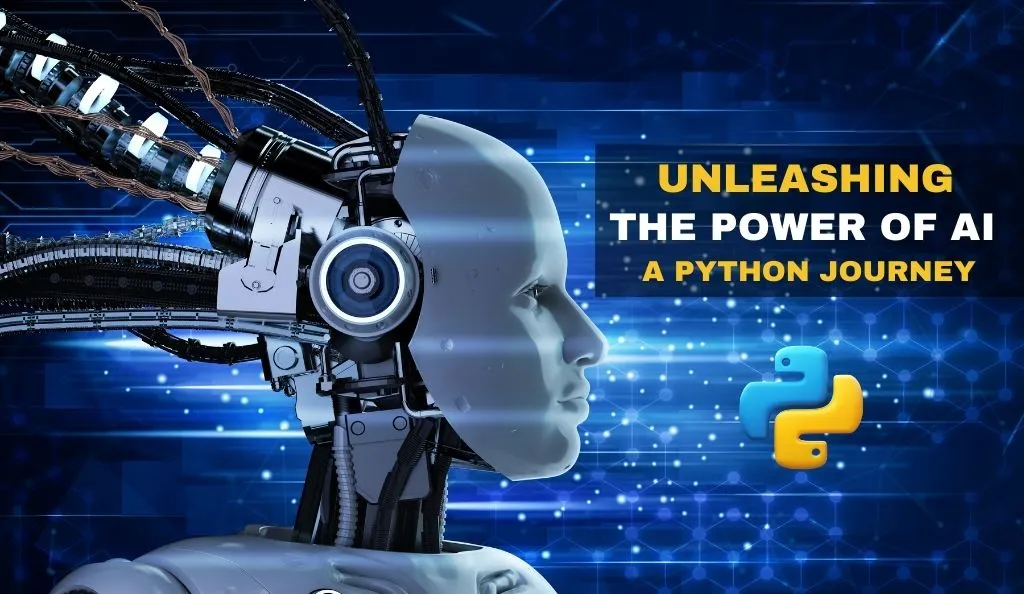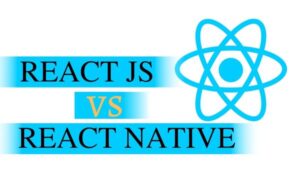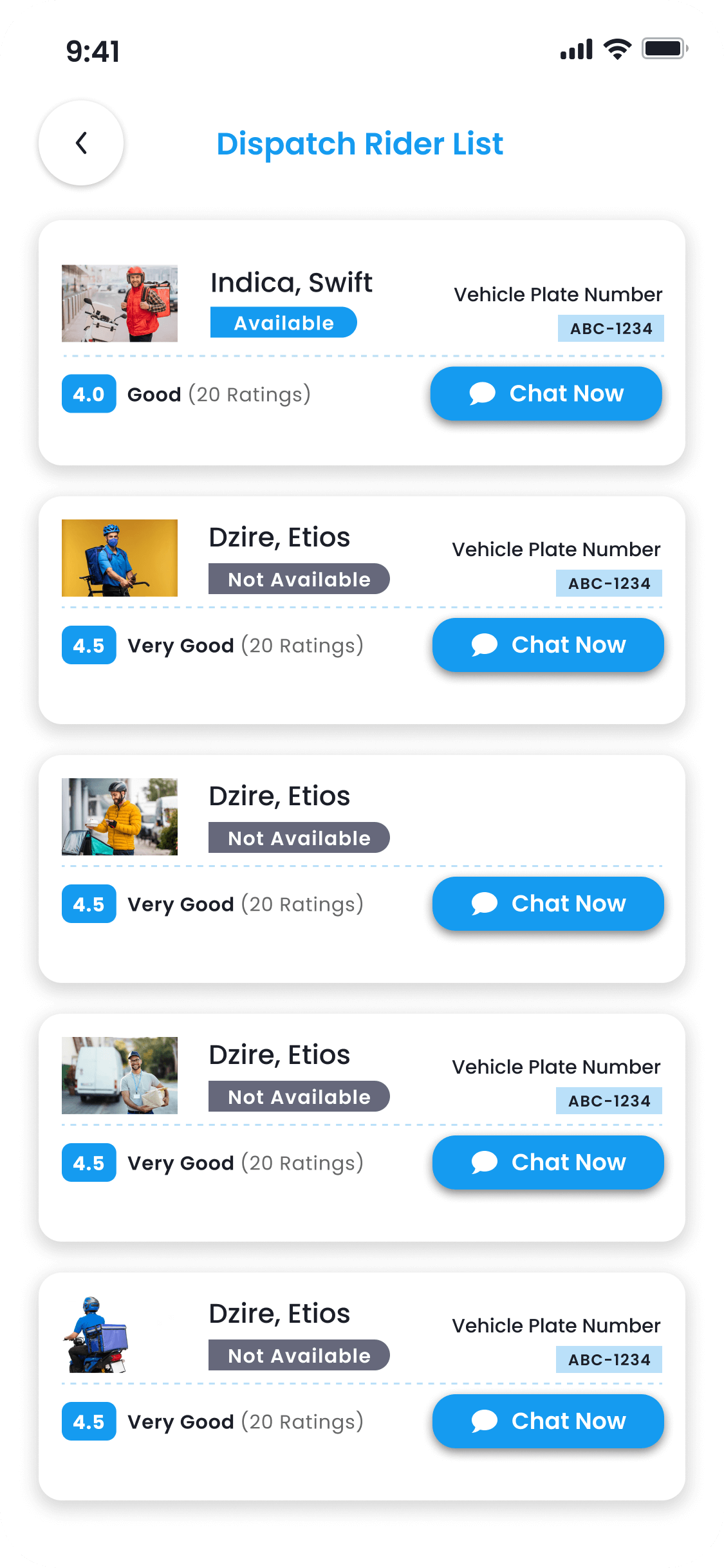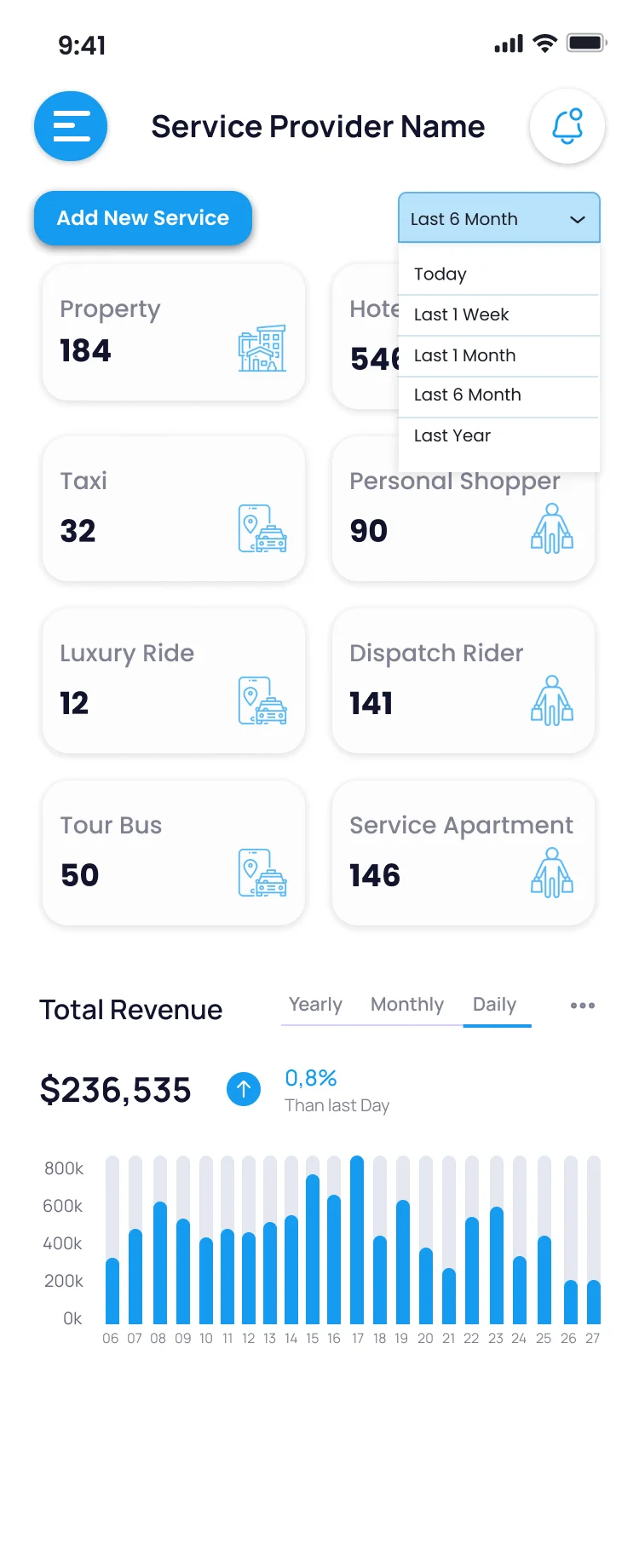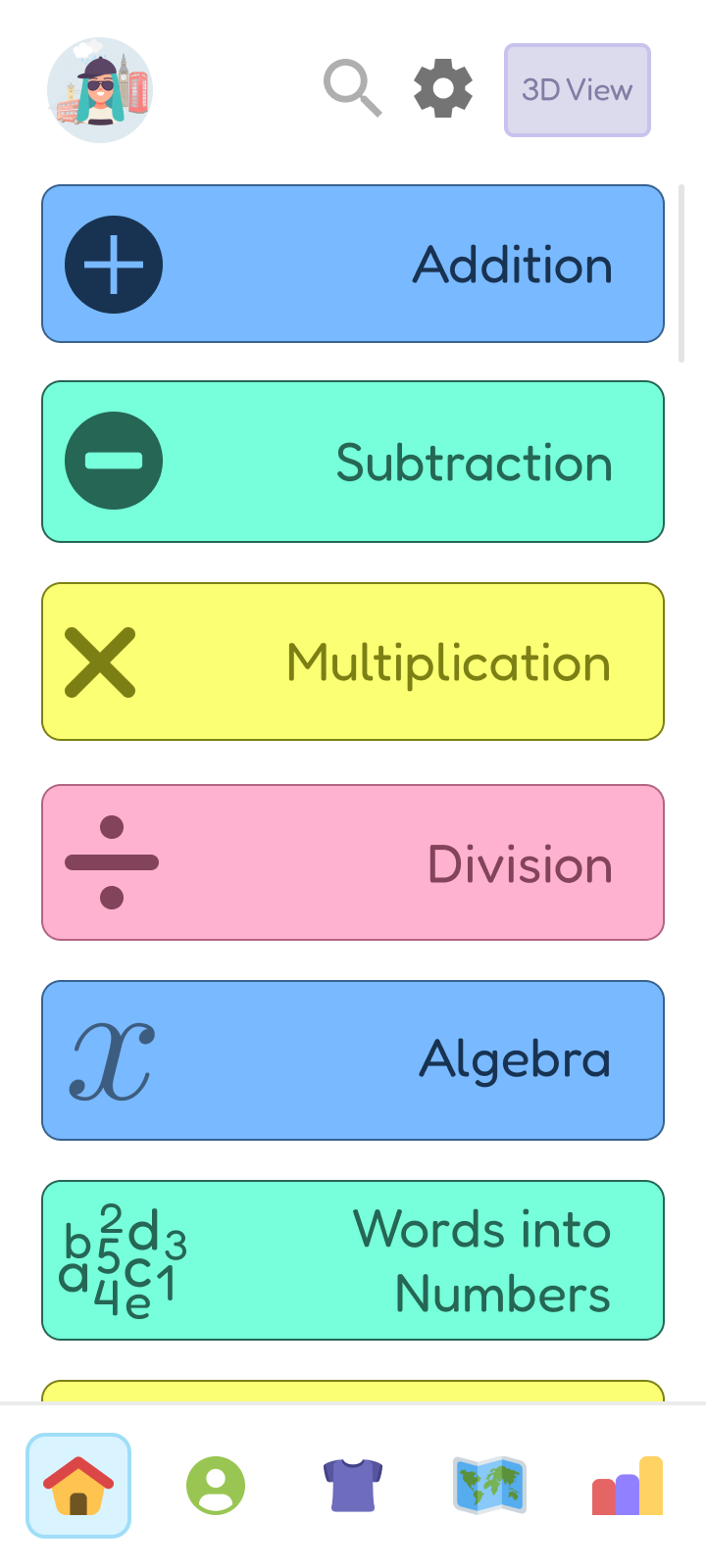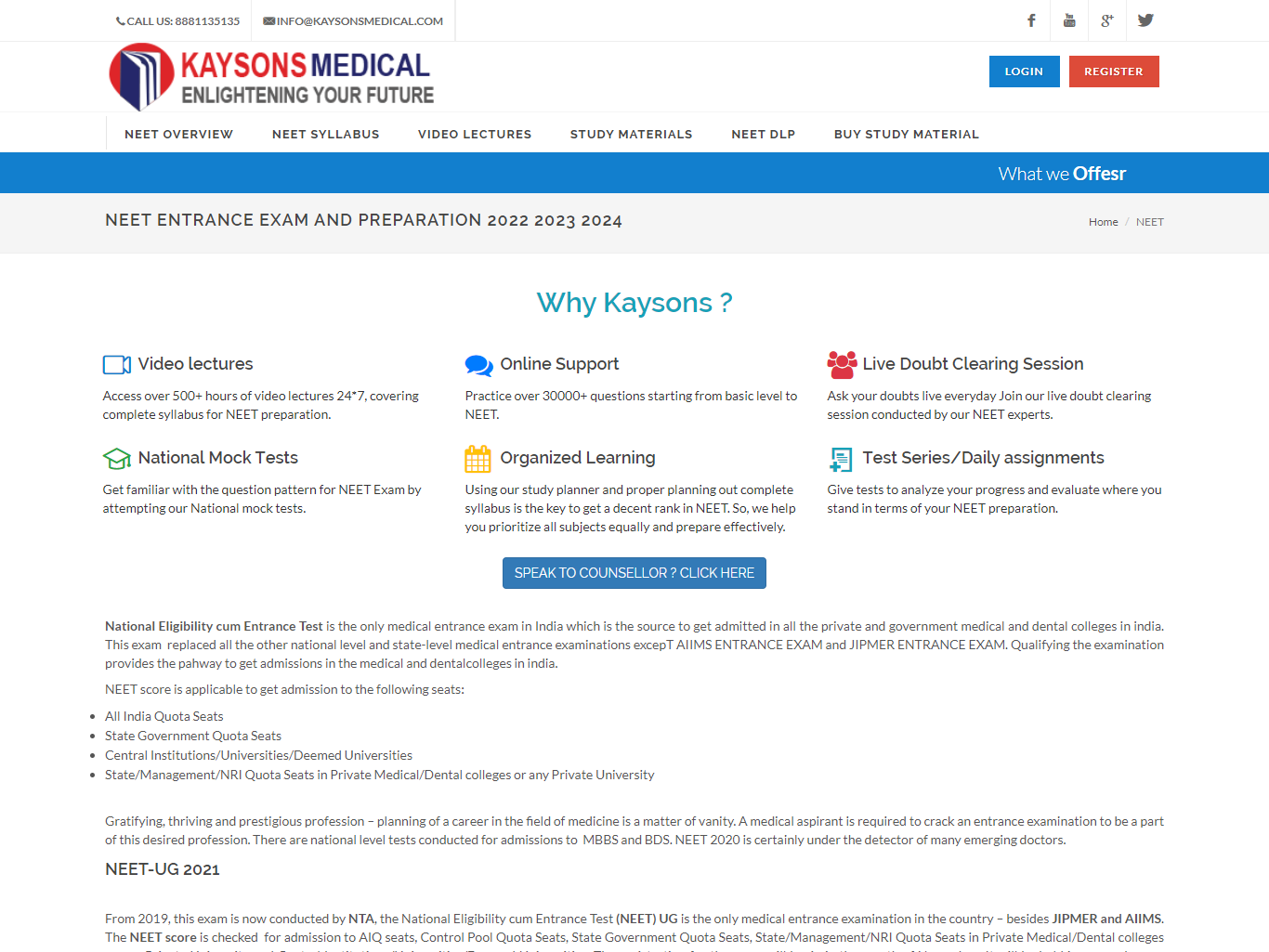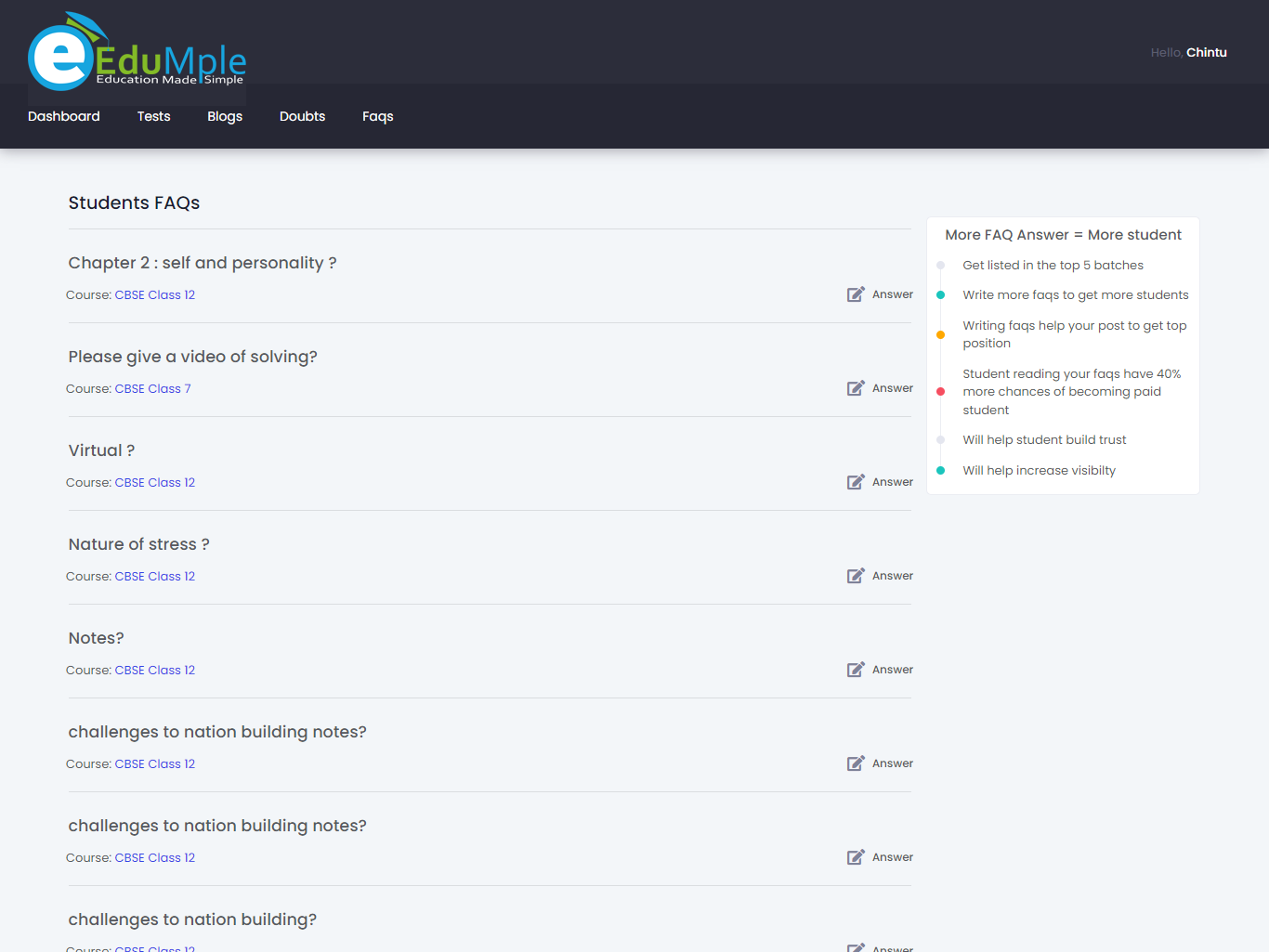Table of Contents
ToggleIntroduction
In the ever-evolving landscape of technology, the synergy between artificial intelligence (AI) and Python has proven to be a game-changer. Python’s simplicity, versatility, and a vast ecosystem of libraries make it an ideal language for implementing AI solutions. In this article, we’ll explore the fascinating intersection of AI and Python, jump into some practical examples to showcase the potential of this dynamic duo.
Getting Started with AI in Python
Python provides a smooth on-ramp to the world of AI with its user-friendly syntax. To kick things off, let’s take a look at a simple Python script that utilizes a popular AI library—TensorFlow—to create a basic neural network for image classification:
import tensorflow as tf
from tensorflow import keras
import numpy as np
# Load the dataset
fashion_mnist = keras.datasets.fashion_mnist
(train_images, train_labels), (test_images, test_labels) = fashion_mnist.load_data()
# Preprocess the data
train_images = train_images / 255.0
test_images = test_images / 255.0
# Build the neural network model
model = keras.Sequential([
keras.layers.Flatten(input_shape=(28, 28)),
keras.layers.Dense(128, activation=’relu’),
keras.layers.Dense(10)
])
# Compile the model
model.compile(optimizer=’adam’,
loss=tf.keras.losses.SparseCategoricalCrossentropy(from_logits=True),
metrics=[‘accuracy’])
# Train the model
model.fit(train_images, train_labels, epochs=10)
# Evaluate the model
test_loss, test_acc = model.evaluate(test_images, test_labels)
print(f”Test accuracy: {test_acc}”)
This script demonstrates the power of Python in combination with TensorFlow for building and training neural networks. The example uses the Fashion MNIST dataset for simplicity, but the same principles apply to more complex tasks.
Natural Language Processing (NLP) with Python
Python shines in the realm of natural language processing, thanks to libraries like NLTK and spaCy. Let’s take a glance at a snippet that leverages spaCy for text processing:
import spacy
# Load the English NLP model
nlp = spacy.load("en_core_web_sm")
# Process a text string
text = "Python is an amazing language for AI and machine learning."
doc = nlp(text)
# Extract entities and display them
entities = [(ent.text, ent.label_) for ent in doc.ents]
print("Entities:", entities)
This code snippet demonstrates how effortlessly Python, coupled with spaCy, can extract entities (like programming languages and concepts) from a given text.
Computer Vision with Python
Computer vision involves tasks like image processing, object detection, and recognition. Let’s look at a simple example of face detection using Python with the OpenCV library. Make sure you have OpenCV installed (pip install opencv-python).
import cv2
# Load the pre-trained face detection model
face_cascade = cv2.CascadeClassifier(cv2.data.haarcascades + 'haarcascade_frontalface_default.xml')
# Load an image
image_path = 'path/to/your/image.jpg'
image = cv2.imread(image_path)
# Convert the image to grayscale for face detection
gray_image = cv2.cvtColor(image, cv2.COLOR_BGR2GRAY)
# Perform face detection
faces = face_cascade.detectMultiScale(gray_image, scaleFactor=1.1, minNeighbors=5, minSize=(30, 30))
# Draw rectangles around the detected faces
for (x, y, w, h) in faces:
cv2.rectangle(image, (x, y), (x+w, y+h), (0, 255, 0), 2)
# Display the result
cv2.imshow('Face Detection', image)
cv2.waitKey(0)
cv2.destroyAllWindows()
In this example, we use the Haar Cascade classifier for face detection. You need to replace ‘path/to/your/image.jpg’ with the actual path to the image you want to process.
This script loads an image, converts it to grayscale, and then uses the face cascade to detect faces. Detected faces are then outlined with rectangles, and the result is displayed.
Feel free to experiment with different images or explore other computer vision tasks with OpenCV, such as image processing, feature detection, and object recognition.
Conclusion
The fusion of AI and Python opens up a world of possibilities, from building neural networks for image classification to processing natural language and exploring the realms of reinforcement learning. Python’s elegance and the rich ecosystem of AI libraries make it a go-to language for both beginners and seasoned AI practitioners. As technology continues to advance, Python remains at the forefront, empowering developers to push the boundaries of what’s possible in the exciting field of artificial intelligence. And yes you can trust WIS if you are looking to develop a project using the power of AI.
